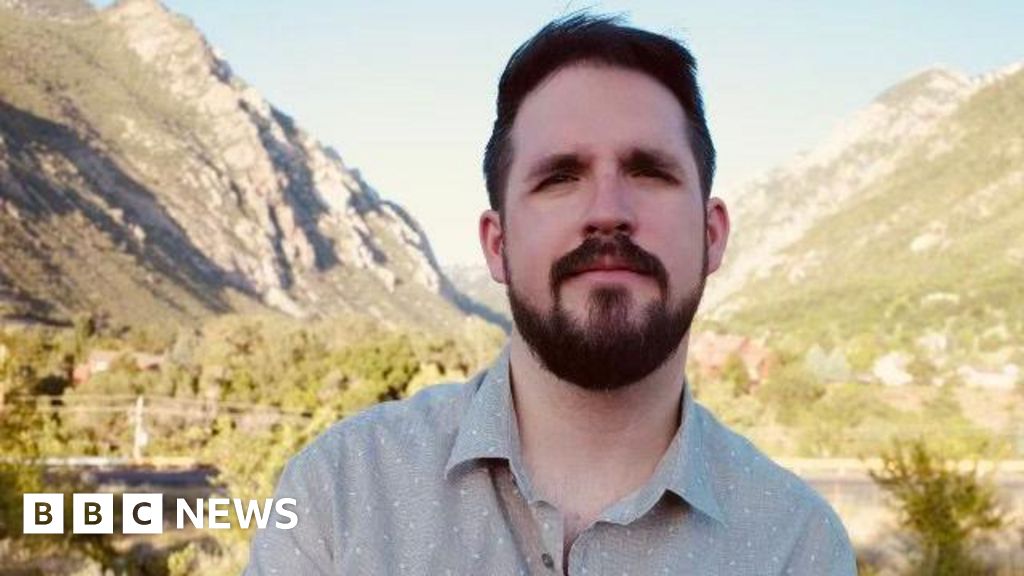
These states have the highest rates of long COVID, Census data shows
Show Caption Hide Caption Study identifies proteins linked to long COVID A study, which followed 113 COVID patients and 39 healthy individuals for up to a year after infection, found that 40 patients developed characteristics of long COVID after six months Fox – 26 Houston
Four years after the emergence of the COVID-19 pandemic, researchers continue the search to uncover the causes of long COVID and develop treatments. Nearly one in four adults who contracted COVID-19 developed long COVID symptoms, according to the most recent data from the Census Bureau.
Anyone infected with COVID-19 can develop long COVID, but the condition is more common in people who had severe COVID-19 symptoms, as well as women, older adults, people with underlying health conditions and people who did not get vaccinated, according to the Washington state Health Department. People who get COVID-19 multiple times may also have more health risks including long COVID.
An analysis of Census Bureau data shows the rate of adults experiencing COVID-19 symptoms for three months or longer. These states had the highest rates of reported long COVID symptoms:
Which states have the highest rates of long COVID?
Long COVID refers to the condition where symptoms that surface after recovering from COVID-19 linger for weeks, months, or even years.
According to data from the Census Bureau, Oklahoma and Montana have the highest percentages of adults who tested positive for COVID-19 and have experienced symptoms lasting longer than three months. About 34% of adults in both states reported long COVID symptoms in November.
Unable to view our graphics? Click here to see them.
Mississippi, Louisiana and Alabama residents have the lowest rates of booster vaccines in the country, at 6.8%, 7.7% and 7.7%, respectively. At least a quarter of adults in these states reported having long COVID symptoms after being infected.
Vaccines and long COVID
As of May 2023, about 70% of the U.S. population received their primary series of COVID-19 vaccines. But only 17% of the population has an updated booster shot, according to the CDC.
Most Americans got their last shot more than a year ago, which means that when they catch COVID-19, the immunity they got from it will have faded. They won’t get as sick as a person who’d never been vaccinated or exposed to the virus at all, but they will get sicker than if they’d had a recent shot, experts say.
Immune protection typically fades over time, which is why people can catch a cold year after year. Plus most viruses, like the one that causes COVID-19, mutate over time, so the body isn’t prepared for precisely the one that arrives the year after an infection or shot.
The current COVID-19 vaccine doesn’t prevent all infections. But a vaccine almost certainly reduces the severity of illness, experts say, along with the risk for long COVID, in which symptoms linger for months or years after the initial infection is gone.
What are long COVID symptoms?
In a study funded by the National Institutes of Health, researchers identified symptoms that are the most distinctive to long COVID, including: fatigue, especially after exercise; brain fog; dizziness; gastrointestinal symptoms; heart palpitations; issues with sexual desire or capacity; loss of smell or taste; thirst; chronic cough; chest pain; and abnormal movements.
Long COVID study: Study identifies symptoms that distinguish long COVID
COVID isolation in 2024: Do I have to stay home if I have COVID? The rules might surprise you.
Karen Weintraub contributed to this reporting.
Source: eu.usatoday.com



